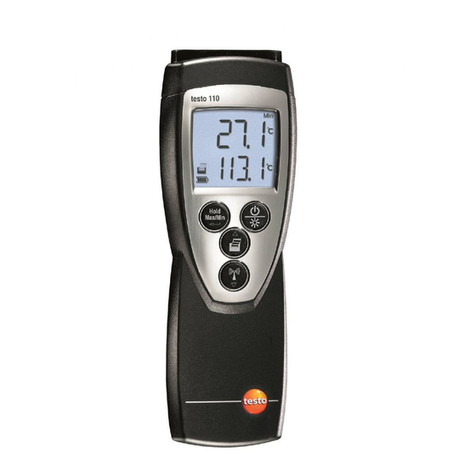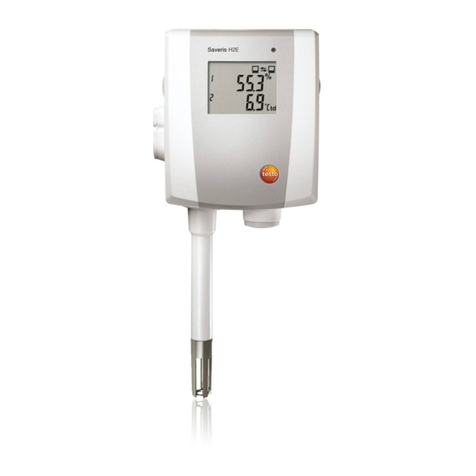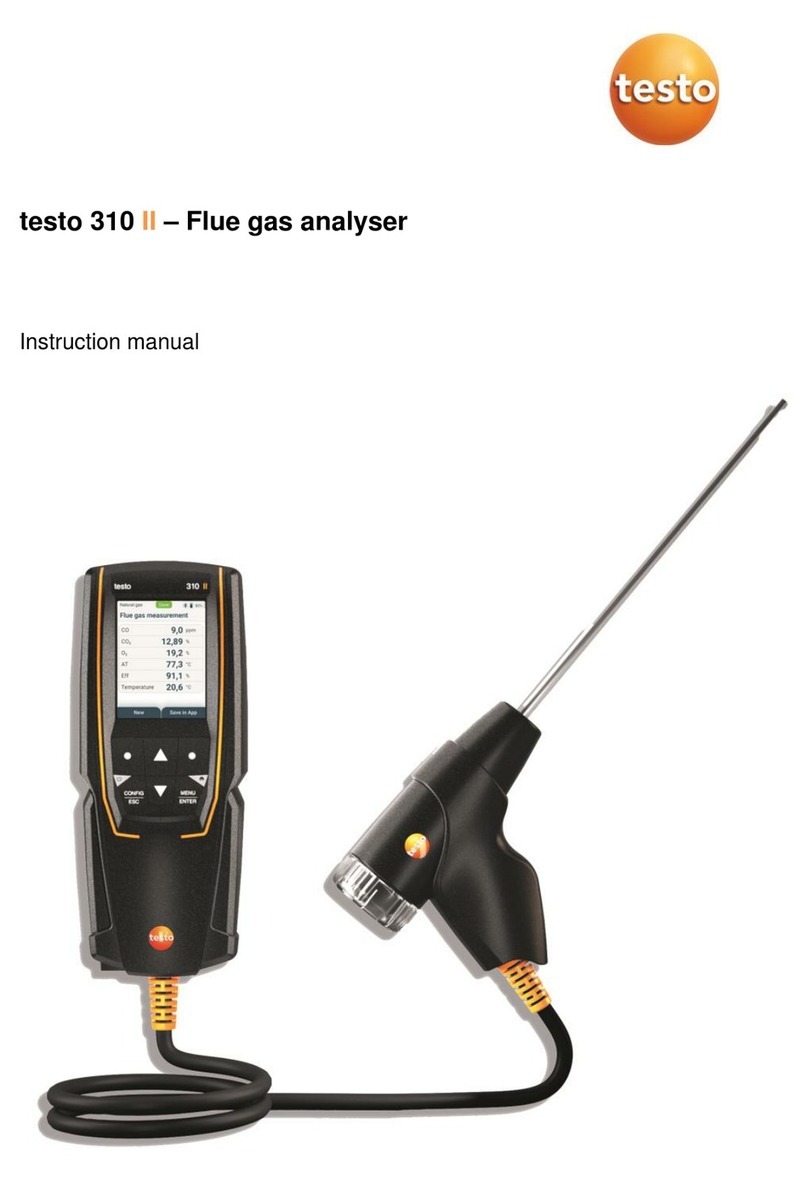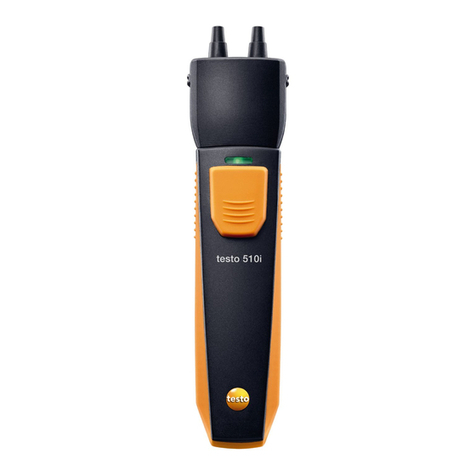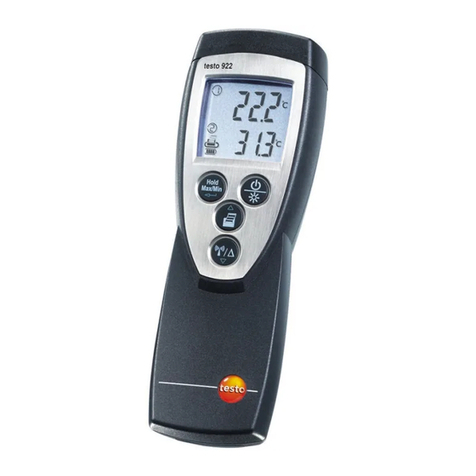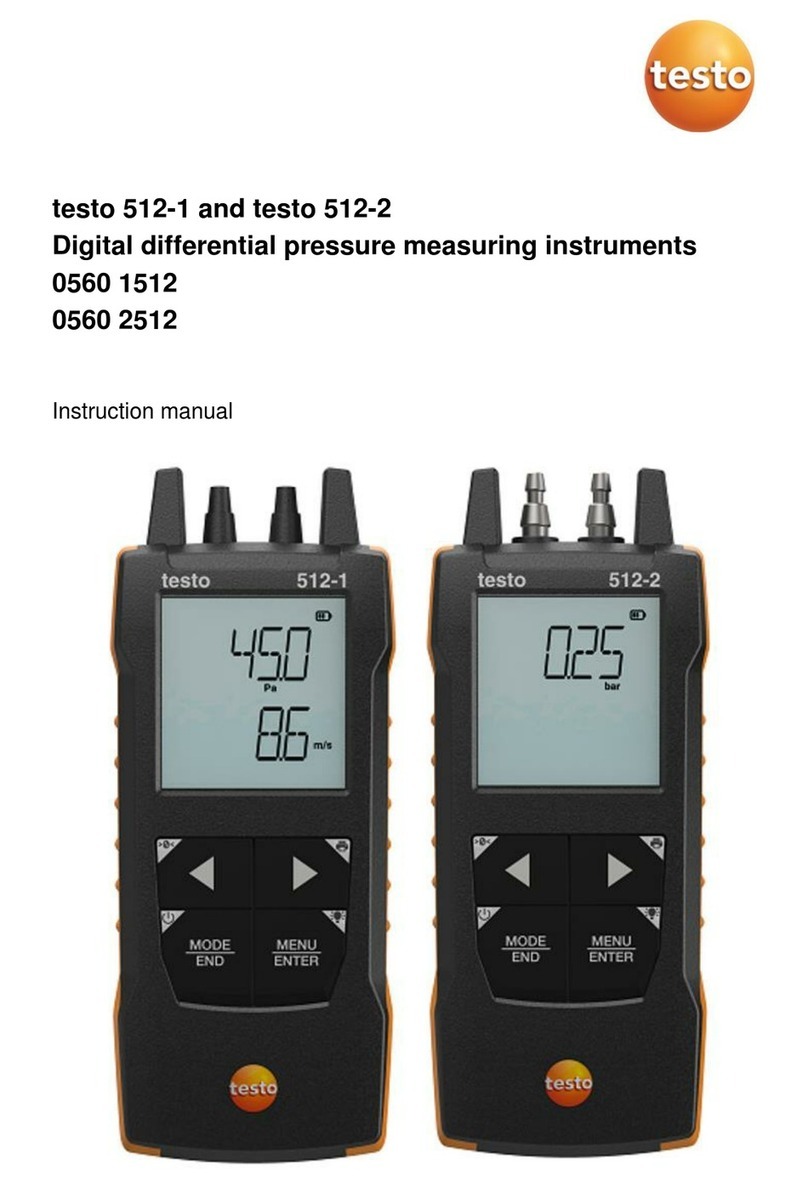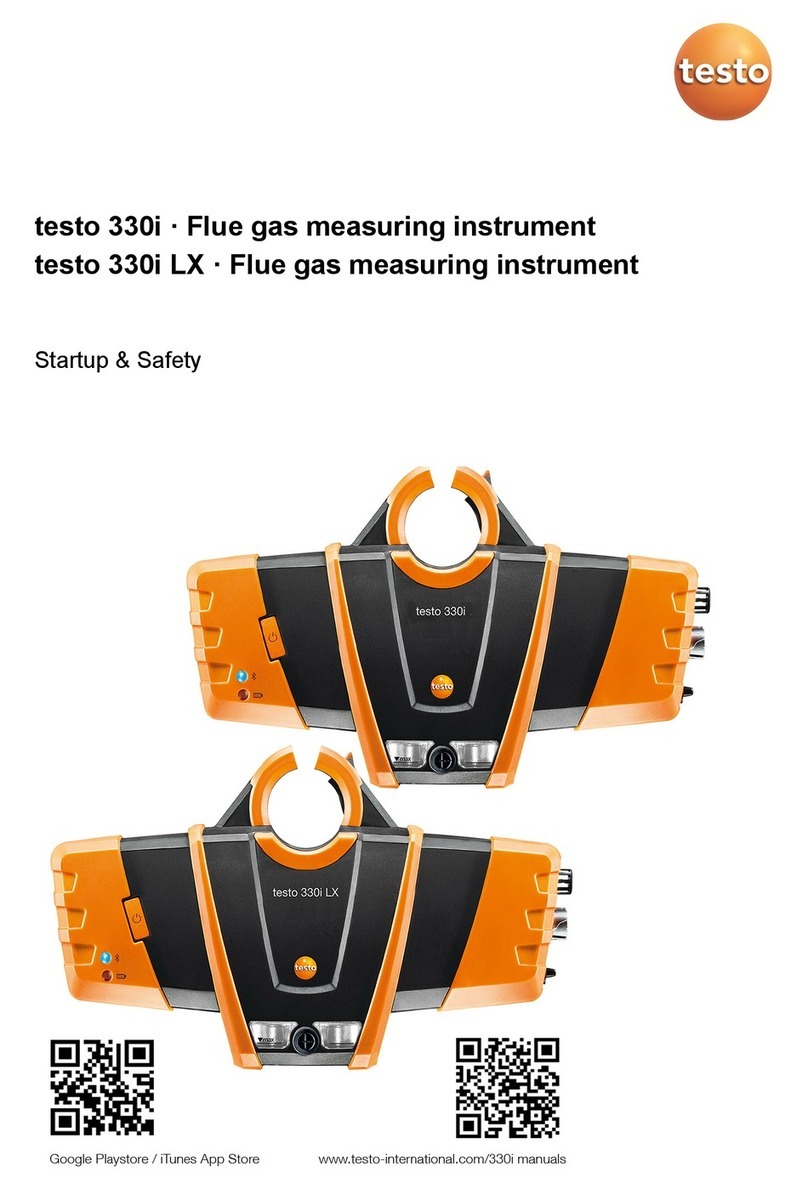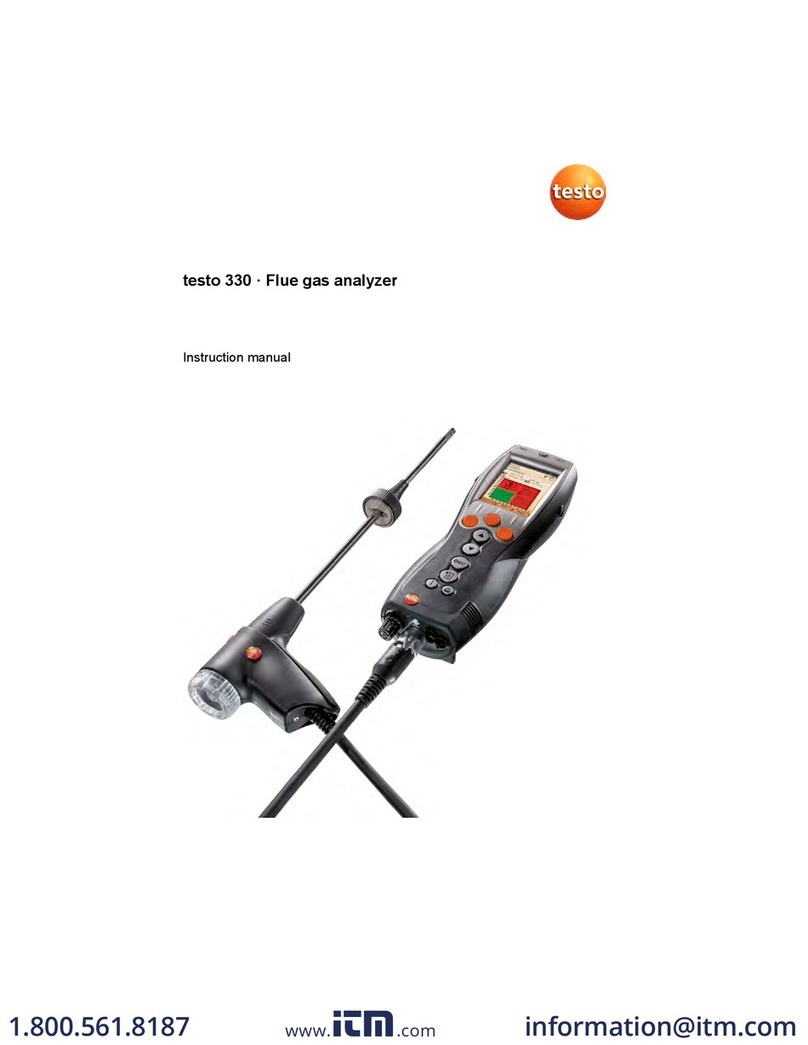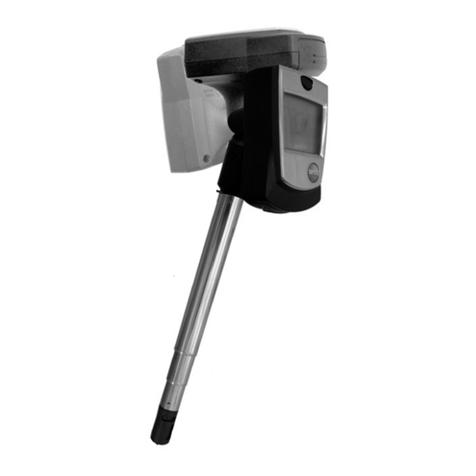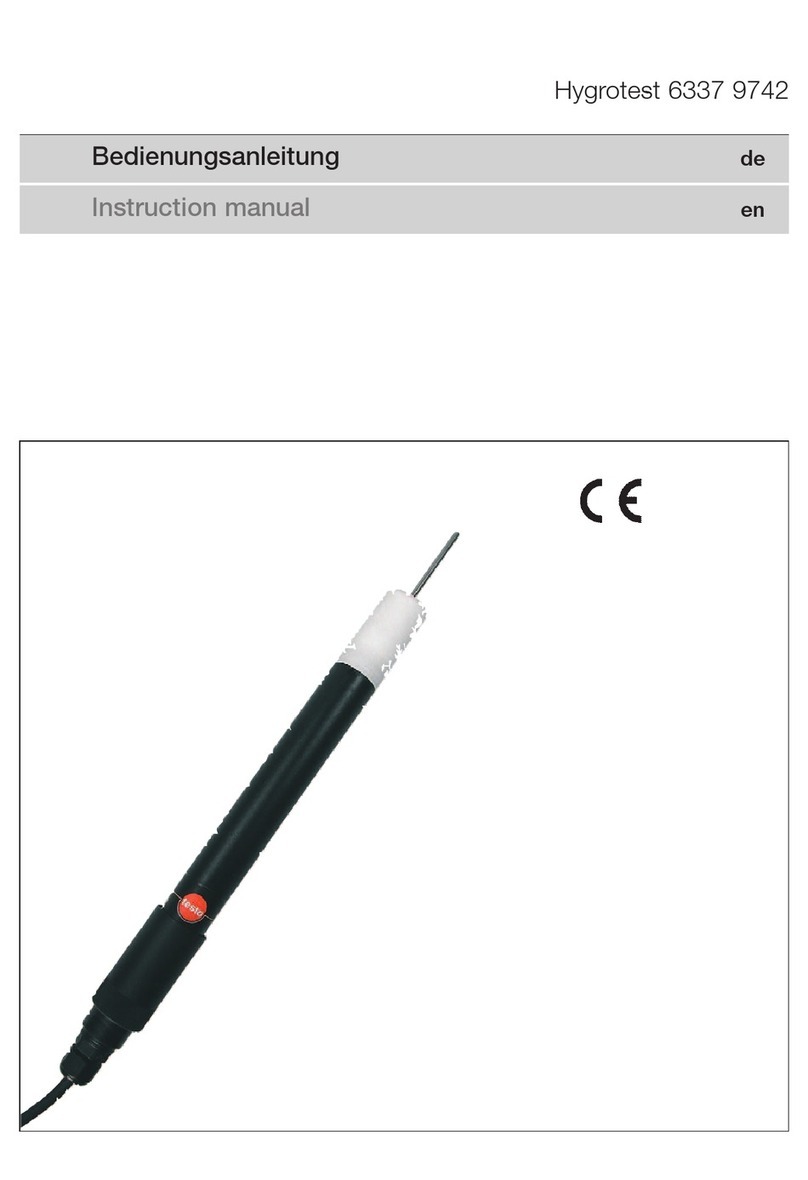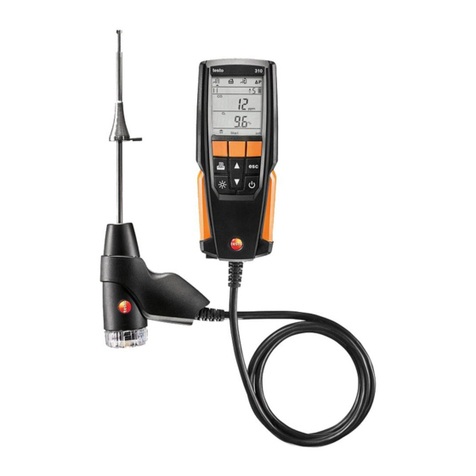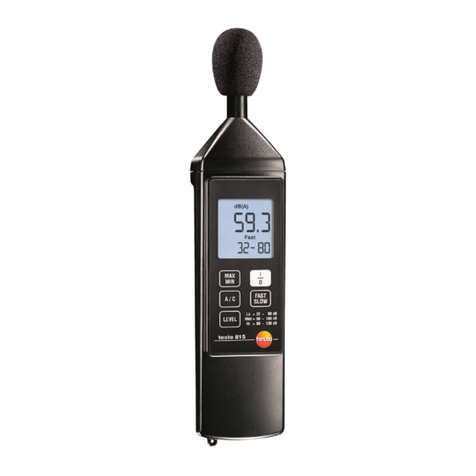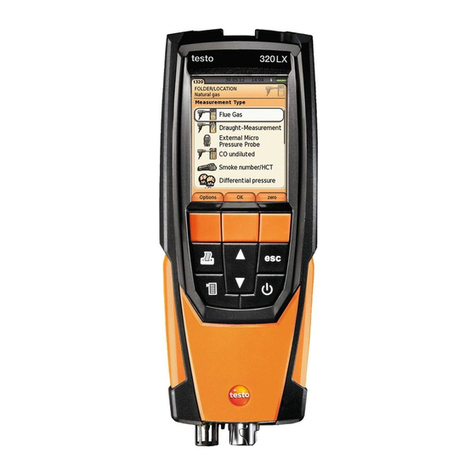Contents 3
Contents
General Information ..........................................................2
Contents ..........................................................................3
1. Safety Information ............................................................4
2. Intended Purpose ............................................................5
3. Product Description ..........................................................6
3.1 Display and control elements ..............................................................6
3.2 Probe/BNC modules ..........................................................................6
3.3 Power..................................................................................................7
3.4 TopSafe ..............................................................................................7
3.5 Storage cap ........................................................................................7
3.5 Wall/Transport bracket ........................................................................7
4. Initial Operation ................................................................8
4.1 Insert battery ......................................................................................8
4.2 Connect external probe (BNC module pH3 only) ................................8
5. Operation ........................................................................8
5.1 Switching on/off ..................................................................................8
5.2 Setting instrument ..............................................................................8
5.3 Measuring ........................................................................................10
5.4 Calibrating instrument........................................................................11
6. Service and Maintenance................................................12
6.1 Checking electrolyte gel ....................................................................12
6.2 Cleaning housing/TopSafe ................................................................12
6.3 Changing the module ........................................................................13
6.4 Changing battery ..............................................................................13
7. Questions and Answers..................................................14
8. Technical data ................................................................15
9. Accessories and Spare Parts..........................................15
en
